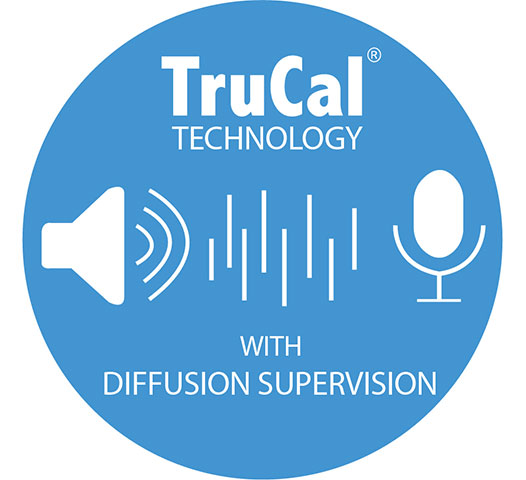NEW! XCell® TruCal® Diffusion Supervision Electrochemical Sensors
-
 Fixed Gas & Flame Detection
Fixed Gas & Flame Detection
MSA is excited to launch the next stage of our industry leading gas sensor platform - Diffusion Supervision is now available for both the X5000 and S5000 Gas Detectors! Learn how this breakthrough technology listens and alerts plant technicians for blocked electrochemical sensor conditions.

MSA is pleased to announce the release of our XCell TruCal Diffusion Supervision Electrochemical Sensors for H2S and CO applications. Expanding upon MSA's highly intelligent TruCal sensor platform, our new industry-first Diffusion Supervision technology listens and alerts plant technicians for blocked electrochemical sensor conditions.
MSA's patented Diffusion Supervision Technology automatically warns users when an electrochemical sensor inlet becomes blocked and unable to detect gas. This early warning feature gives industrial plant users peace of mind in knowing that toxic gas leaks can be detected between scheduled calibrations/visual inspections.
MSA's industry leading TruCal technology has many features that help protect people, equipment and facilities in hazardous industries:
- Notifies if the sensor inlet becomes blocked
- Validates that the sensor is operating normally
- Compensates for sensitivity drift due to changing environmental conditions
- Recommends when a full calibration should be performed
- Warns when a sensor needs to be replaced
- Reports the life and health status as "Good" or "Fair"
- Alerts users that the device is no longer able to monitor the area
Process, plant and safety engineers can rest assured of accurate gas sensor functionality. TruCal technology automates much of the hard work previously performed by technicians. It provides continuous calibration to avoid missed or false alarms that can result in accidents or reduced productivity while at the same time freeing plant technicians to attend to other tasks throughout the plant, to reduce labor costs.